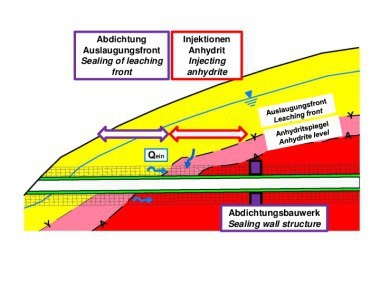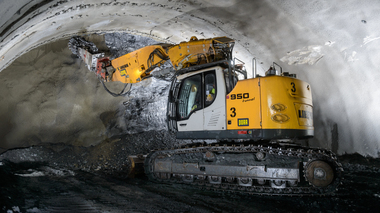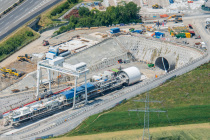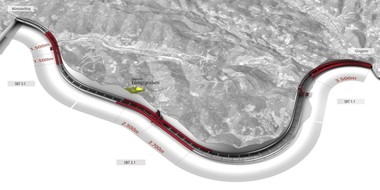Securing the Roadway after Blasting with the Paus Scaler 853 S8
Underground blasting operations naturally cause loosening of the rock. This entails dangers with loose splitters of material, which can fall down especially from the roof. The roof and the ribs are worked to counter this danger. Traditionally this was carried out by hand with the rock being tackled with a scaling bar. Based on the noise and the appearance of the rock the experienced tunneller or miner can identify the places, which are potentially dangerous and remove loose parts with the scaling bar. This report presents a method which allows scaling to be carried out mechanically from a safe working position.





